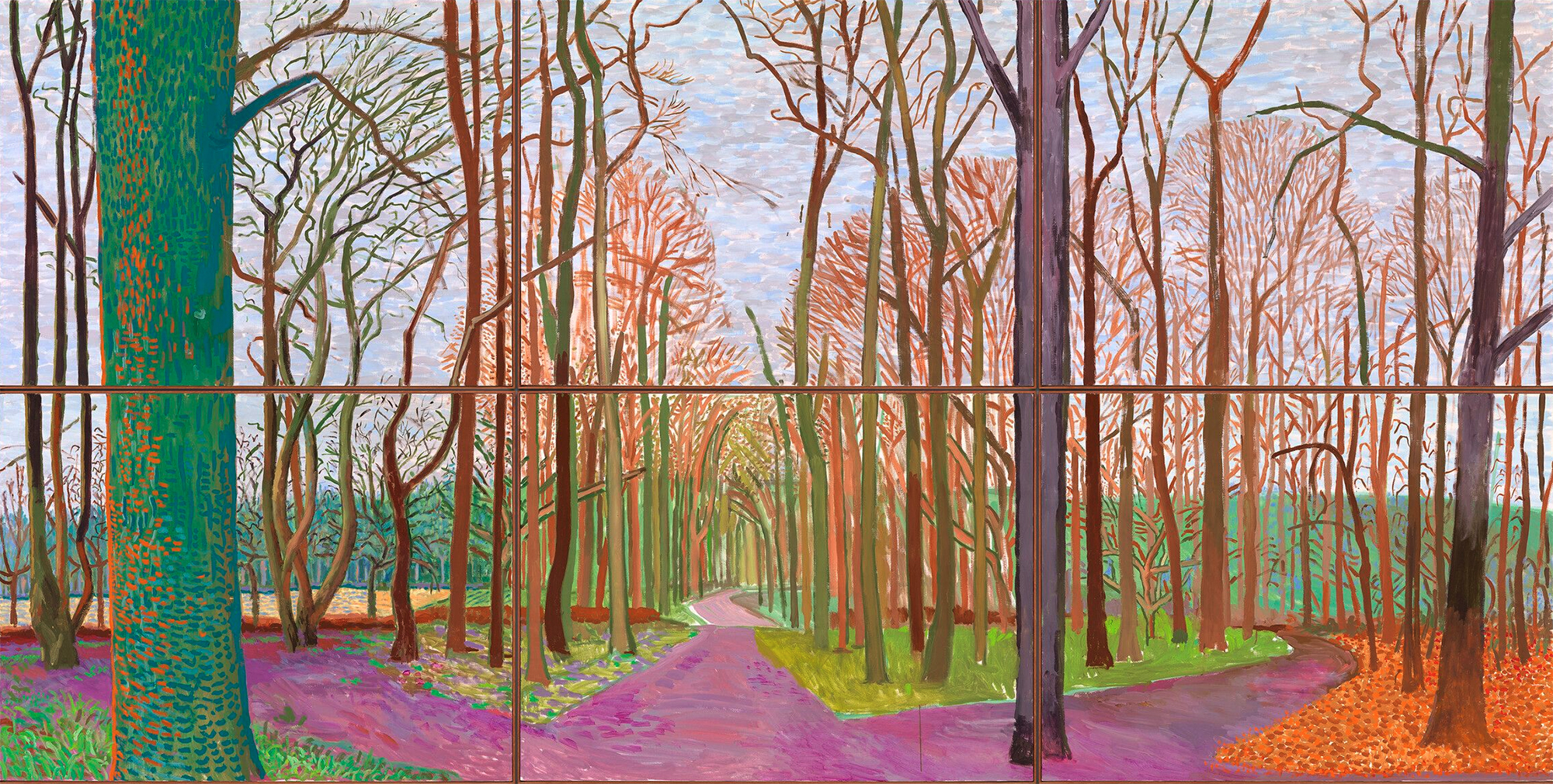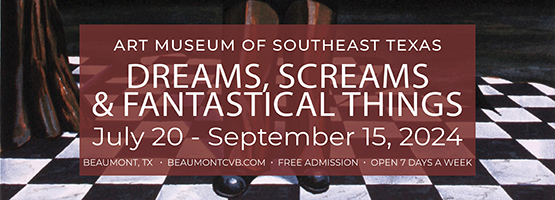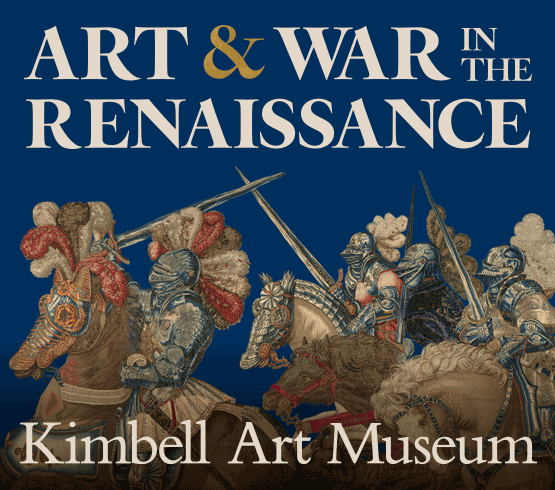Perspective: In art, the term usually means the technique of depicting our three dimensional world on a two dimensional surface. But in life, we all sometimes need those perspective reminders of our place in time and the universe. Recently the Museum of Fine Arts, Houston opened a rare exhibition that toys with the nature of perspective and two extraordinary artists’ perspective on nature with Hockney—Van Gogh: The Joy of Nature (on view now through June 20, 2021).
Hockney—Van Gogh showcases some of the landscapes he created upon returning to Yorkshire, England when his mother fell ill in the early 2000s. The pieces in the exhibition take a multitude of forms from charcoal drawings to large-scale paintings that fill gallery walls to iPad drawings and experimental video projects.
Amid Hockney’s brilliant swirls of color and mammoth canvases and screens, we find 10 remarkable Van Gogh paintings and drawings. They act as a kind of thematic touchstone, to show us Van Gogh’s influence on Hockney, but perhaps also as perspective on the past, present and future of landscapes.
Presented in thematic sections like The Intimate Landscape, Trees, The Four Seasons and Perspective, the exhibition as a whole lets us see the forest that is Van Gogh’s influence on Hockney, while the galleries give us an up close encounters with the beauty of the individual trees.
For example, Van Gogh’s astounding Field with Irises near Arles greets us as we enter the show, illustrating what the “The Intimacy of Landscape” truly means and therefore prepares us for a series of intimate views of the Yorkshire roads and fields the Hockney roamed and then painted. Later Van Gogh’s Pine Trees at Sunset sets the scene as we wander into Hockney’s many woods and thickets.
Throughout the show we also gain perspective on how the artists’ processes have evolved, from Van Gogh’s distinctive strokes using the Reed pen in some of his drawings to Hockney’s finger-strokes on an iPad. The exhibition presents vivid examples of these iPad landscapes along with a digital video that follows the creation of one of these paintings.

1 ⁄10
David Hockney, Woldgate Vista, 27 July 2005, oil on canvas, David Hockney Inc. © David Hockney / photo: Richard Schmidt.

2 ⁄10
Vincent van Gogh, Field with Irises near Arles, 1888, oil on canvas, Van Gogh Museum, Amsterdam (Vincent van Gogh Foundation).

3 ⁄10
David Hockney, Under the Trees, Bigger, 2010–11, oil on 20 canvases, David Hockney Inc. © David Hockney / photo: Richard Schmidt.

4 ⁄10
Vincent van Gogh, Tree Trunks in the Grass, 1890, oil on canvas, Kröller-Müller Museum, Otterlo, the Netherlands.

5 ⁄10
David Hockney, Woldgate Woods, March–April 2006, oil on 6 canvases, David Hockney Inc. © David Hockney / photo: Richard Schmidt.

6 ⁄10
Vincent van Gogh, Pine Trees at Sunset, December 1889, oil on canvas, Kröller-Müller Museum, Otterlo, the Netherlands.

7 ⁄10
David Hockney, May Blossom on the Roman Road, May 2009, oil on 18 canvases, David Hockney Inc. © David Hockney / photo: Richard Schmidt.

8 ⁄10
David Hockney, Felled Totem I, 2009, oil on canvas, collection of the artist. © David Hockney / photo: Richard Schmidt.

9 ⁄10
David Hockney, Woldgate, 26–27 June 2012, charcoal on paper, collection of the David Hockney Foundation. © David Hockney / photo: Richard Schmidt.

10 ⁄10
David Hockney, Early July Tunnel, 2006, oil on canvas, collection of the artist. © David Hockney / photo: Richard Schmidt.
In the same preview walkthrough, Tinterow also explains that Hockney is more interested in how fast he can create with the iPad drawings and the “infinite variety of colors,” then creating multiple copies of the images like a lithograph.
The selection of iPad paintings lead to Arrival of Spring in Woldgate, East Yorkshire in 2011, one monumental work created on 32 canvases. Arrival becomes both the physical centerpiece of the show, hanging midway through the exhibition, and a culmination of many of Hockney’s techniques and motifs.
“Now Hockney is not painting in the naturalistic way that we saw at the beginning of the show,” says Dumas. “He’s using these heightened colors and there’s a strong sense of overall decoration as in the Arabesque movement to convey a heightened impression of nature, to convey as much of his feelings about what he’s seeing as what is actually there.”
In Arrival, we also see both Hockney’s experience as a theater designer— having designed sets for great opera houses that could immerse the audience into a scene— and his knowledge of the old master painters who came before him.
“He’s highly analytical in his approach to his work. He’s constantly thinking about precedence in works of art and time periods. He’s fascinated by perspective in European art, the implementation of single point perspective in the early Renaissance,” explains Tinterow,” but adds that with this work, we also see Hockney evolving as he uses the latest technology to create.
The height of Hockney’s prowess with new technology comes a little later in the show with the inclusion of The Four Seasons, Woldgate Woods (Spring 2011, Summer 2010, Autumn 2010, Winter 2010). Clustered onto four gallery walls— one for each season— the 36 synchronized video screens put the viewer into the driver’s seat of a simultaneous journey along the same stretch of road in the spring, summer, autumn and winter.
“He’s always been a very innovative and experimental artist with different forms of technology,” remarks Dumas.
Here too, we see Hockney playing with different kinds of perspective from the traditional painterly sense of the word, to the historical sense and the threads of inspiration he gained from other artists, including Van Gogh. But perhaps he’s also having fun with our perspective on this image: the artist as creator amid his painted worlds. Though 80 at the time, he resembles a mischievous boy. Tinterow notes this is the true Hockney.
“There’s David, who is one of the most charming and charismatic artists you could ever meet, but always humble,” says Tinterow, adding “He’s been able to keep that childlike delight and wonder and discovery. He brings that delight to life and shares it with us in an exhibition like this.”
—TARRA GAINES





